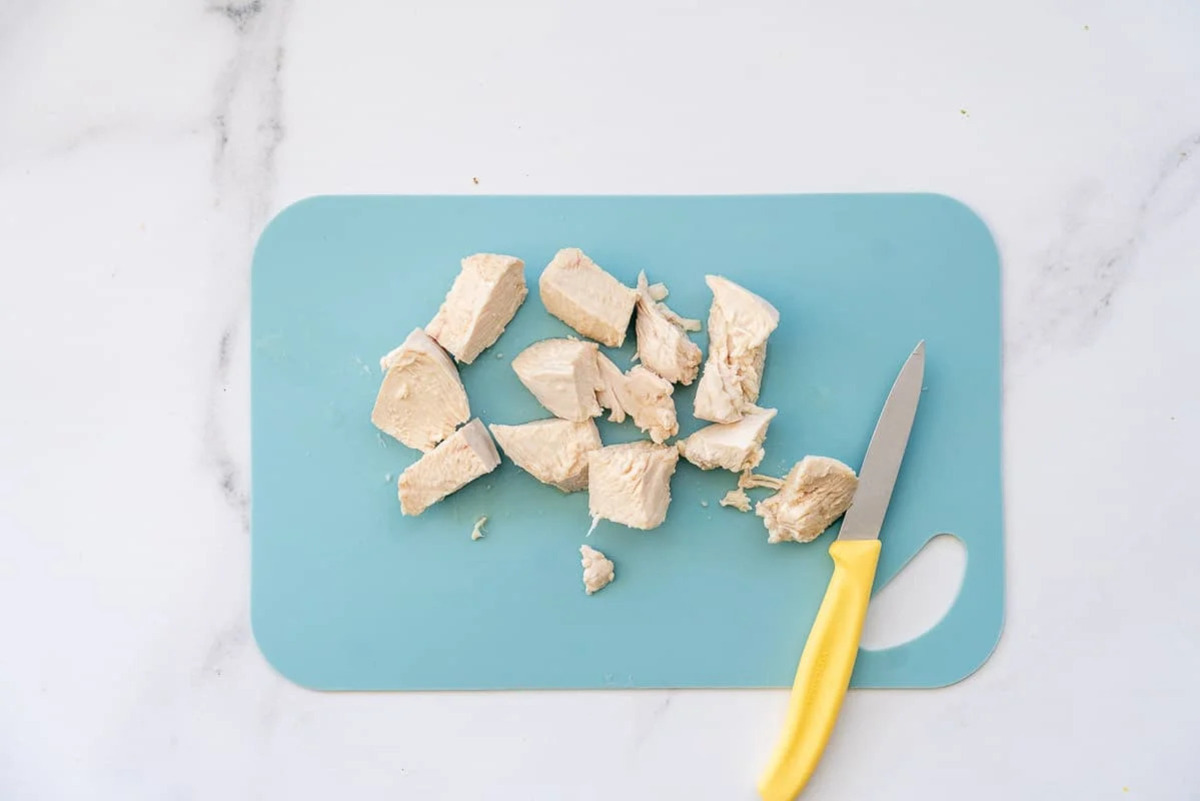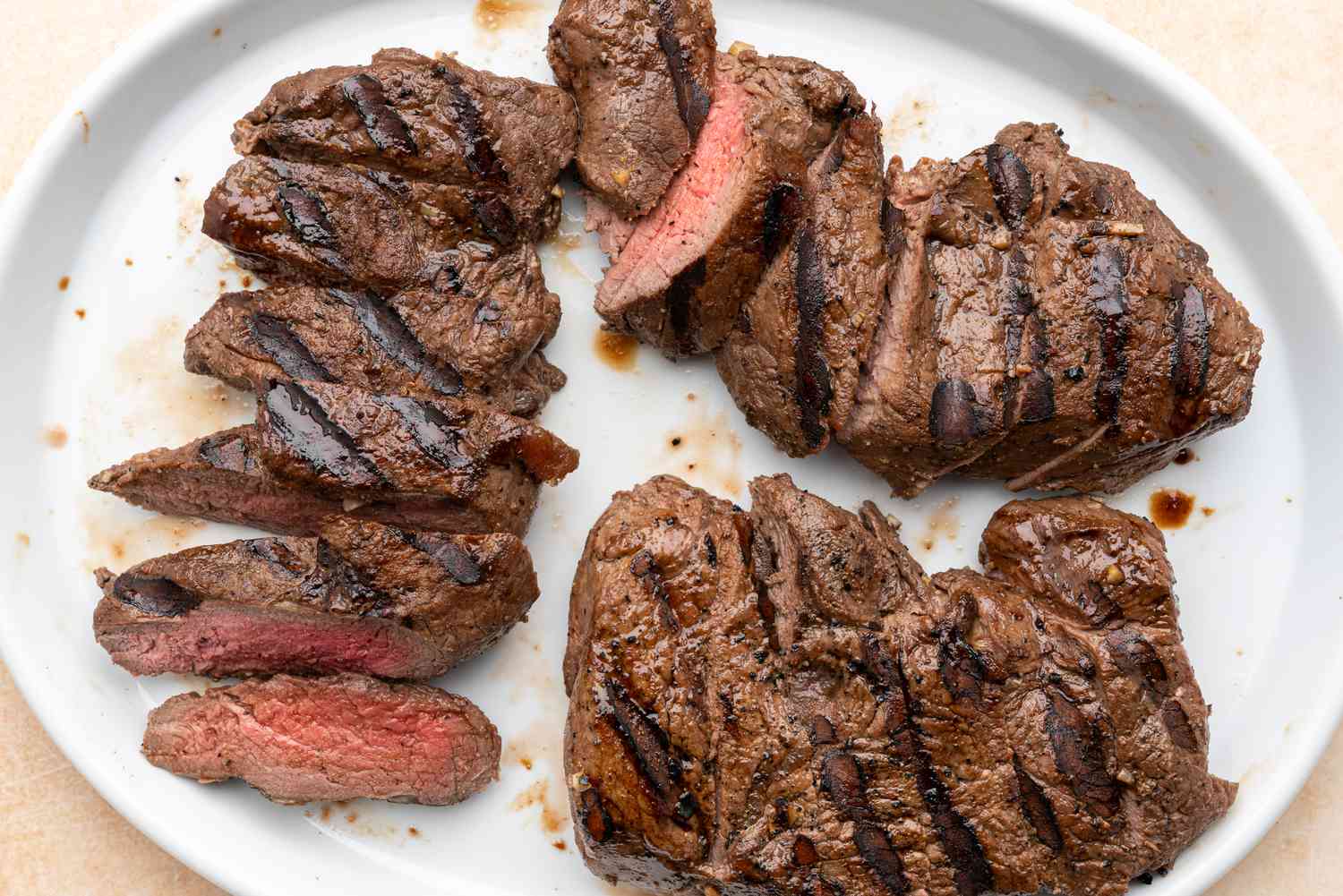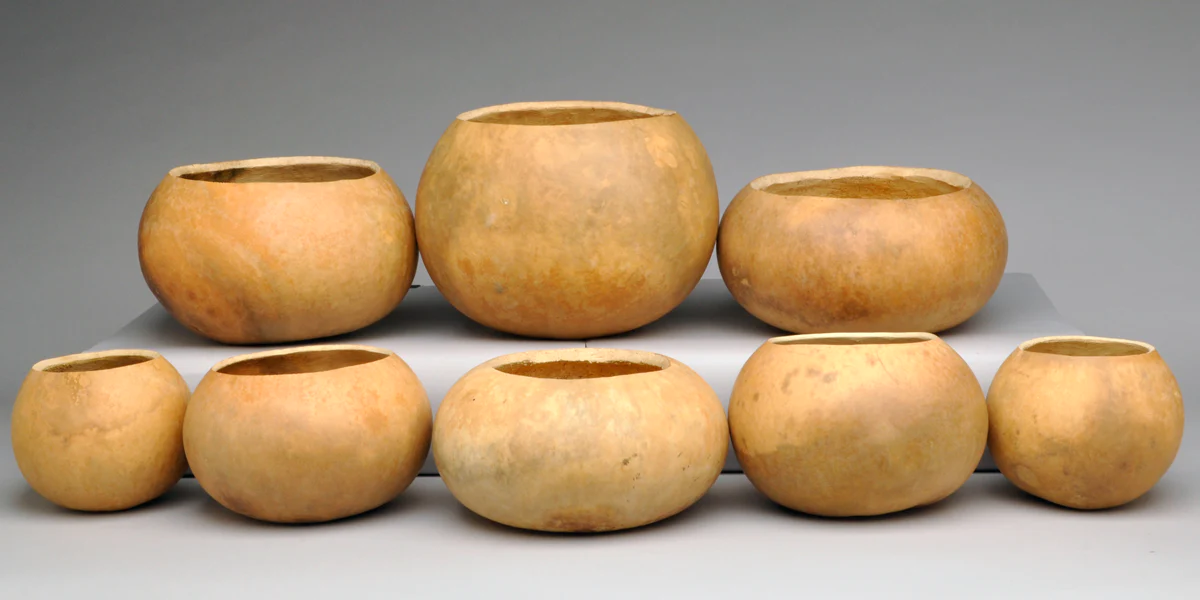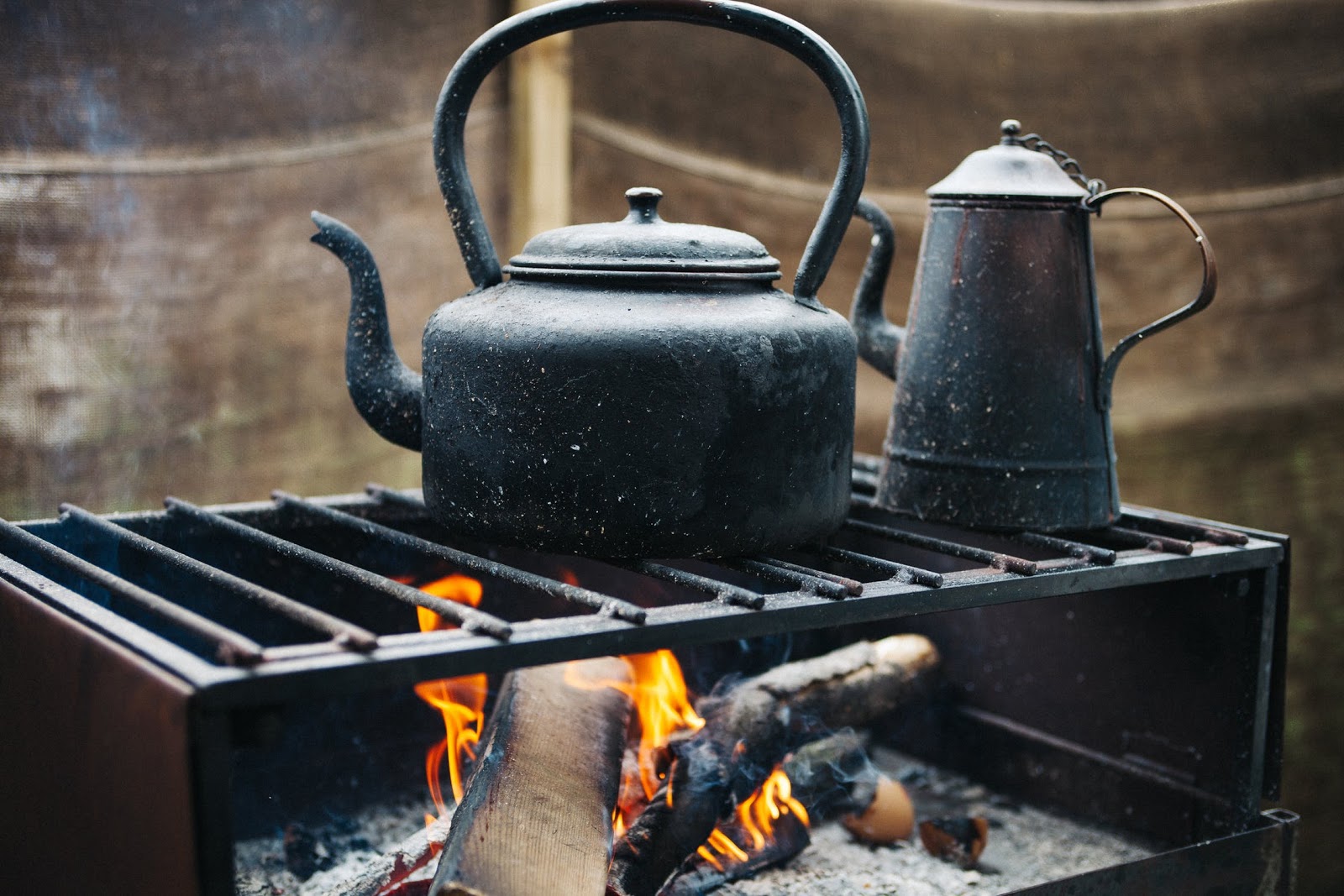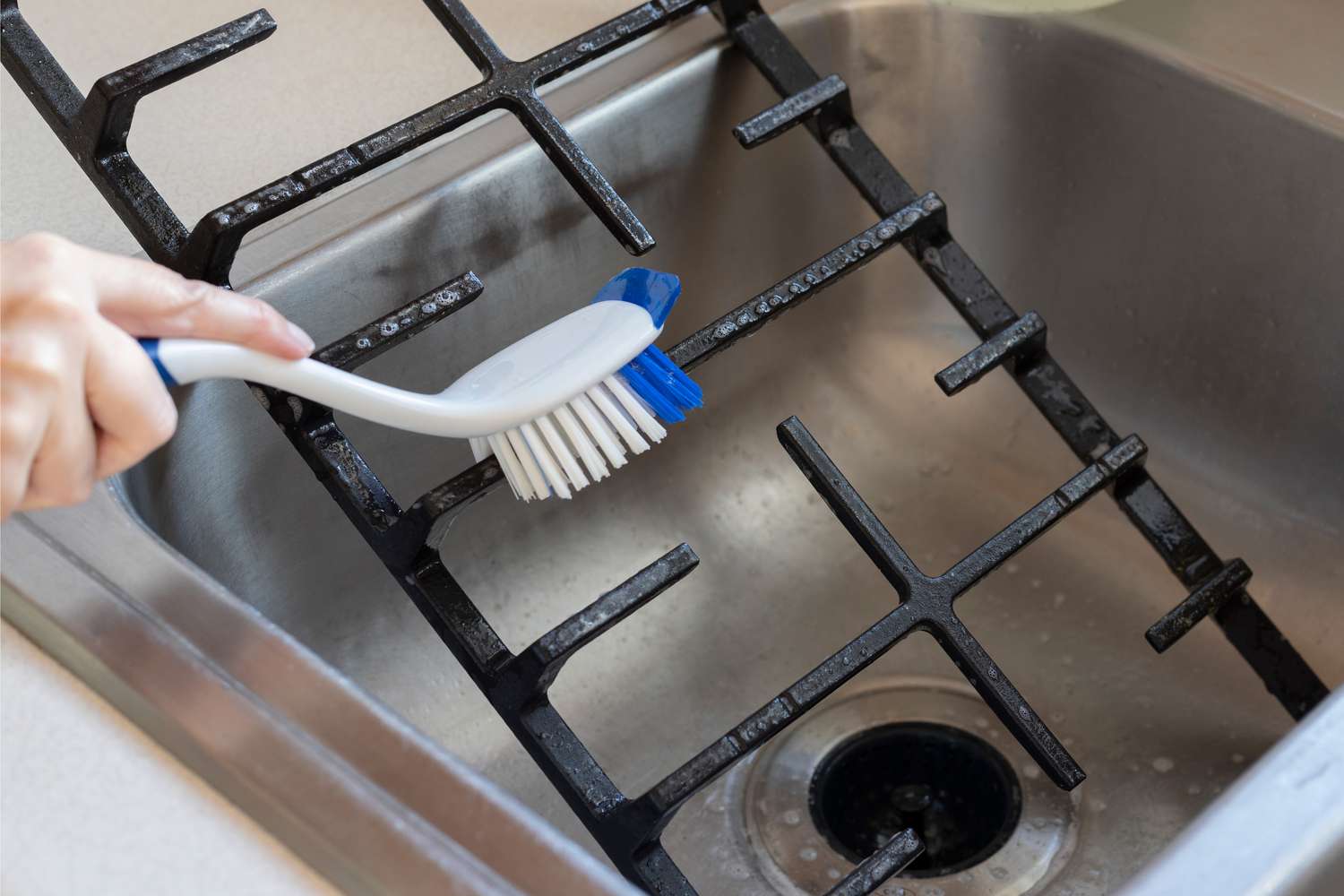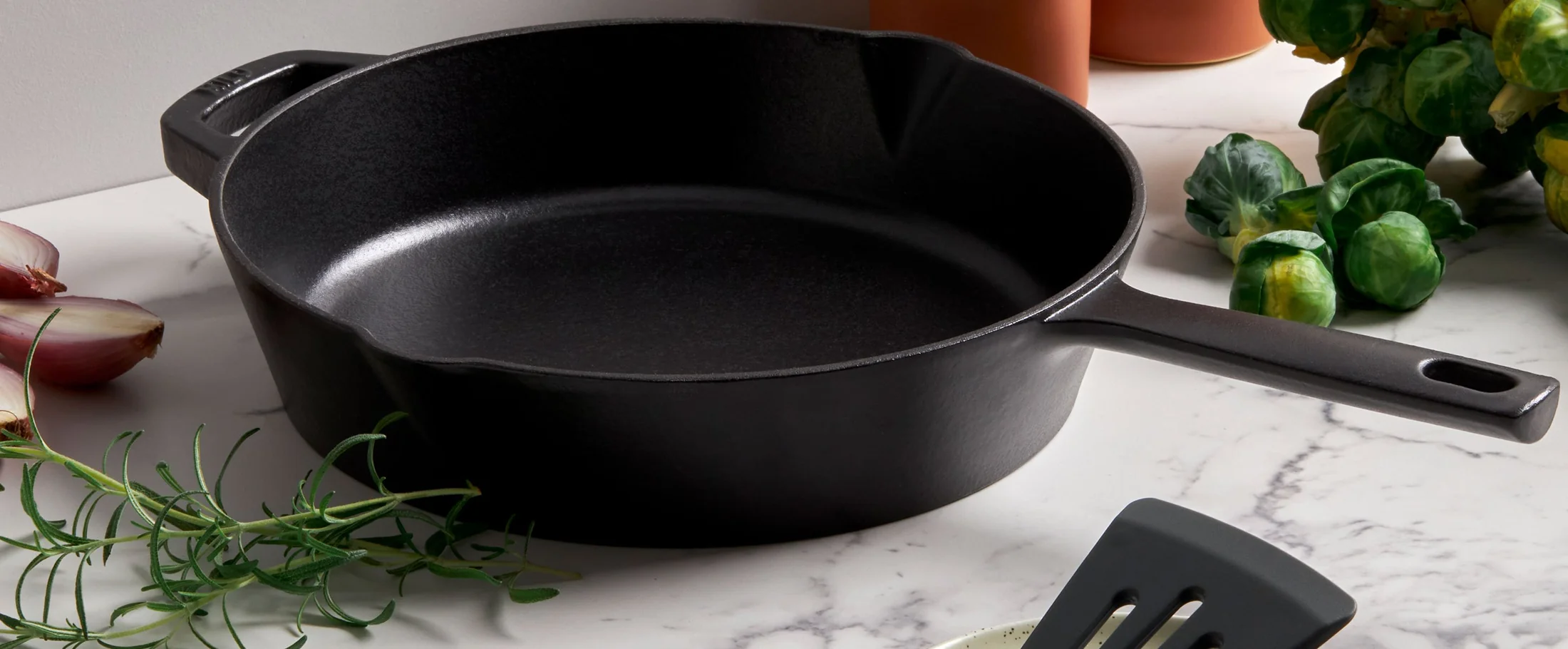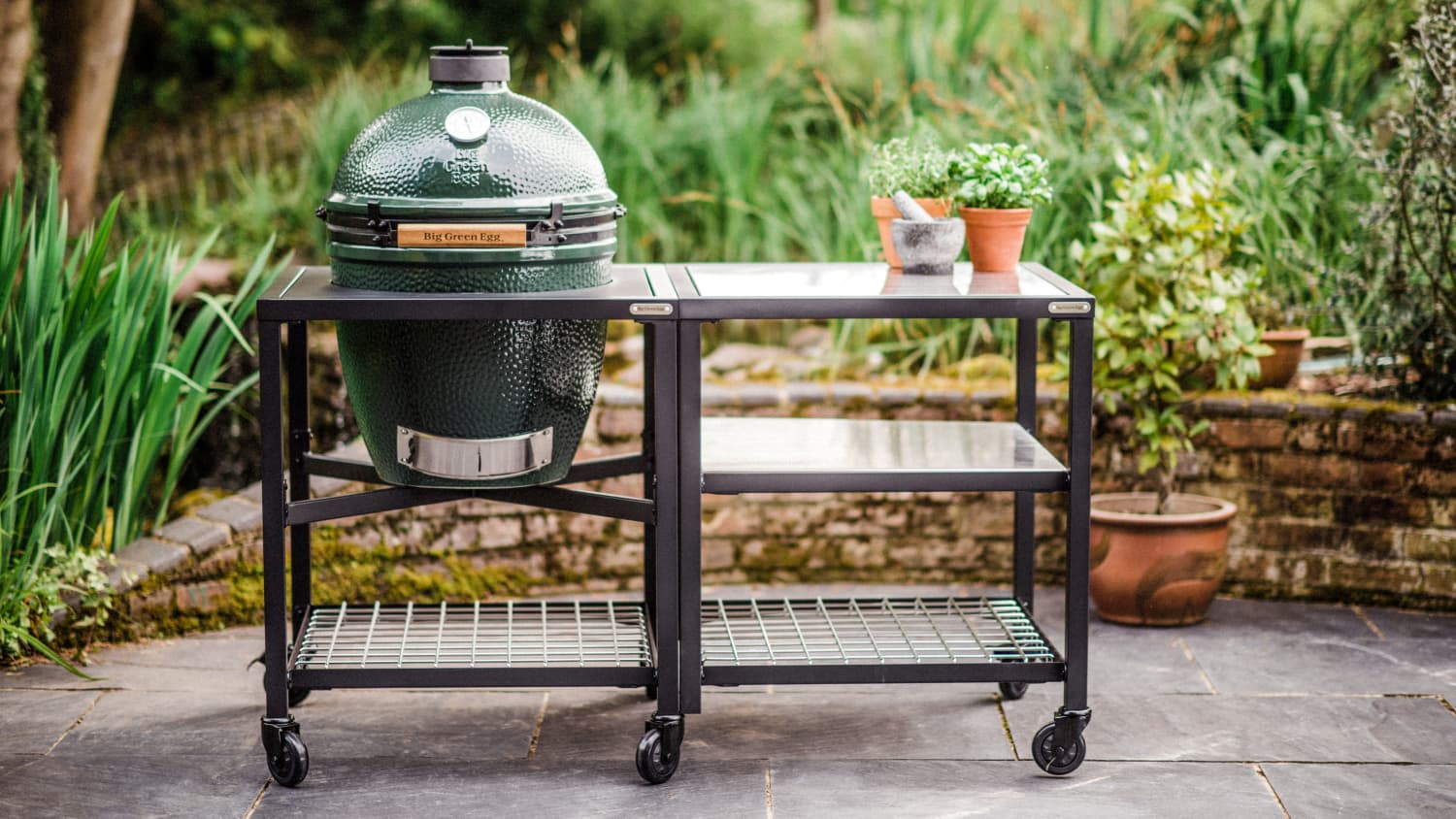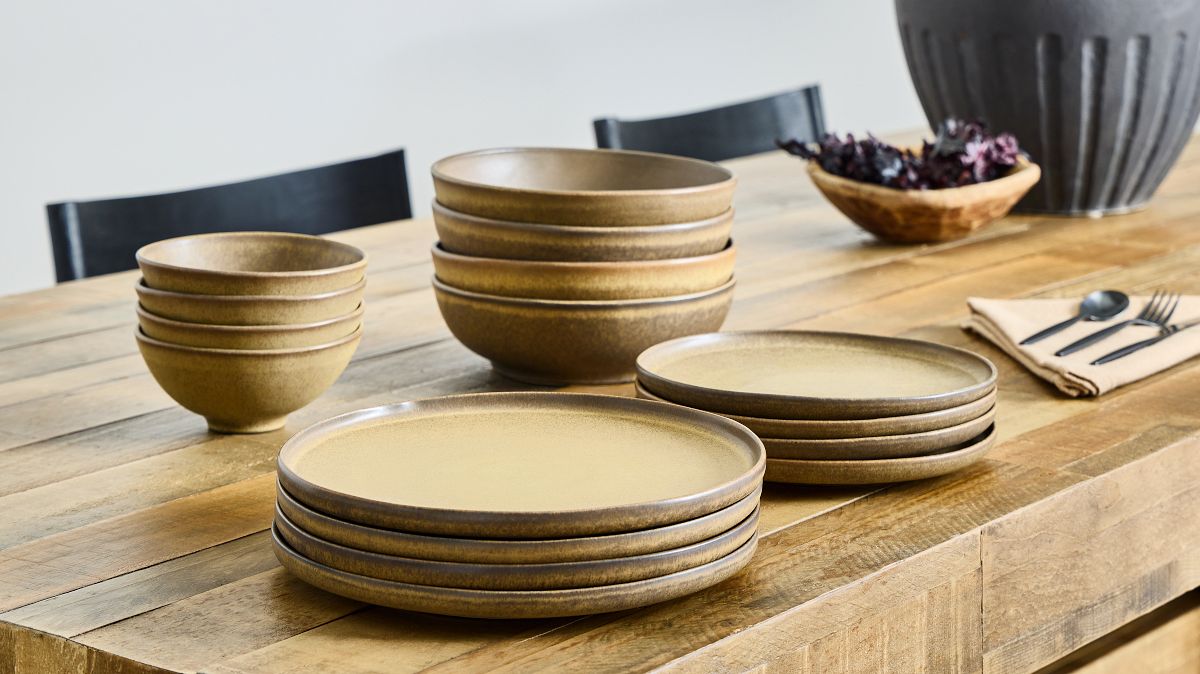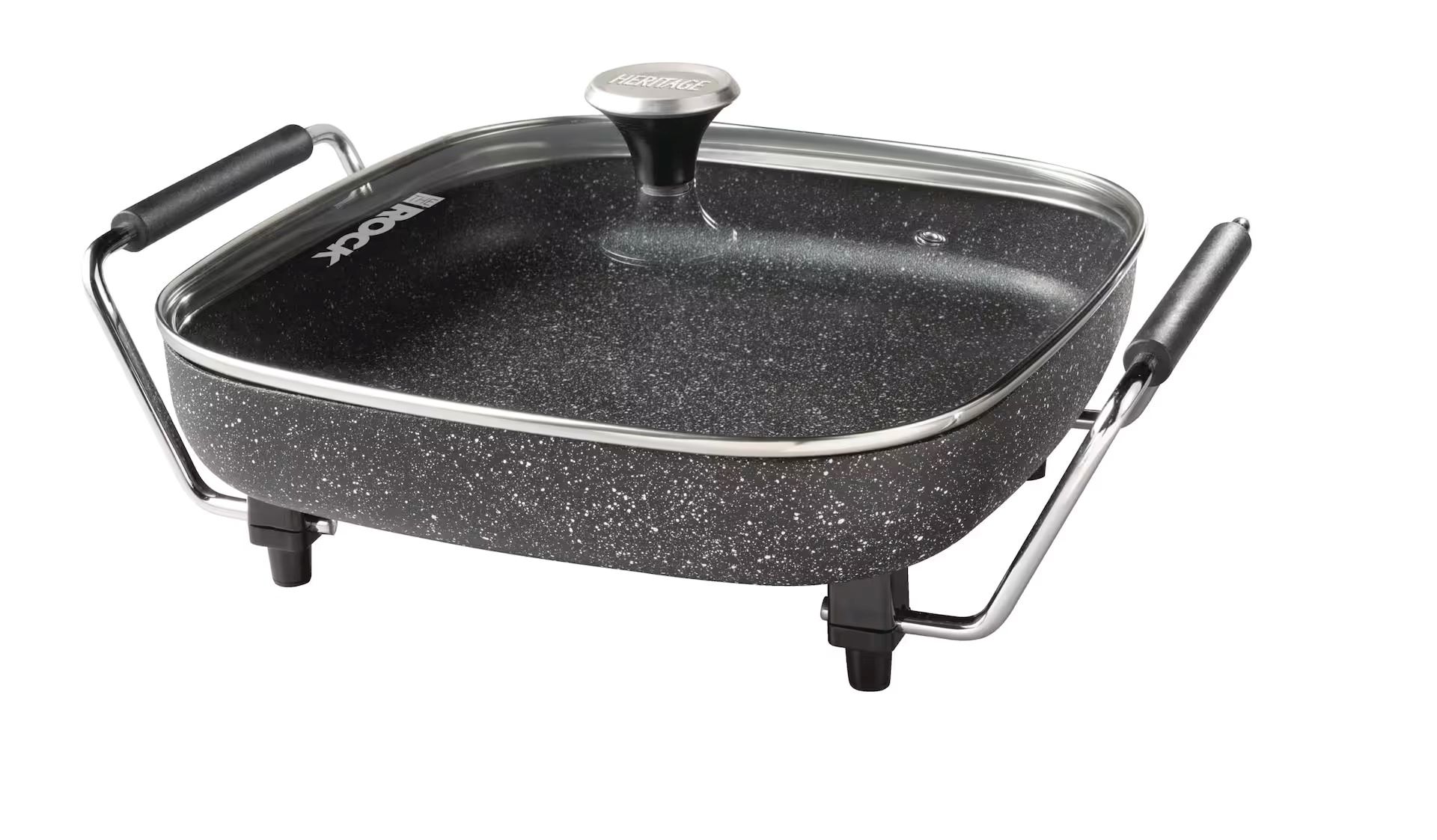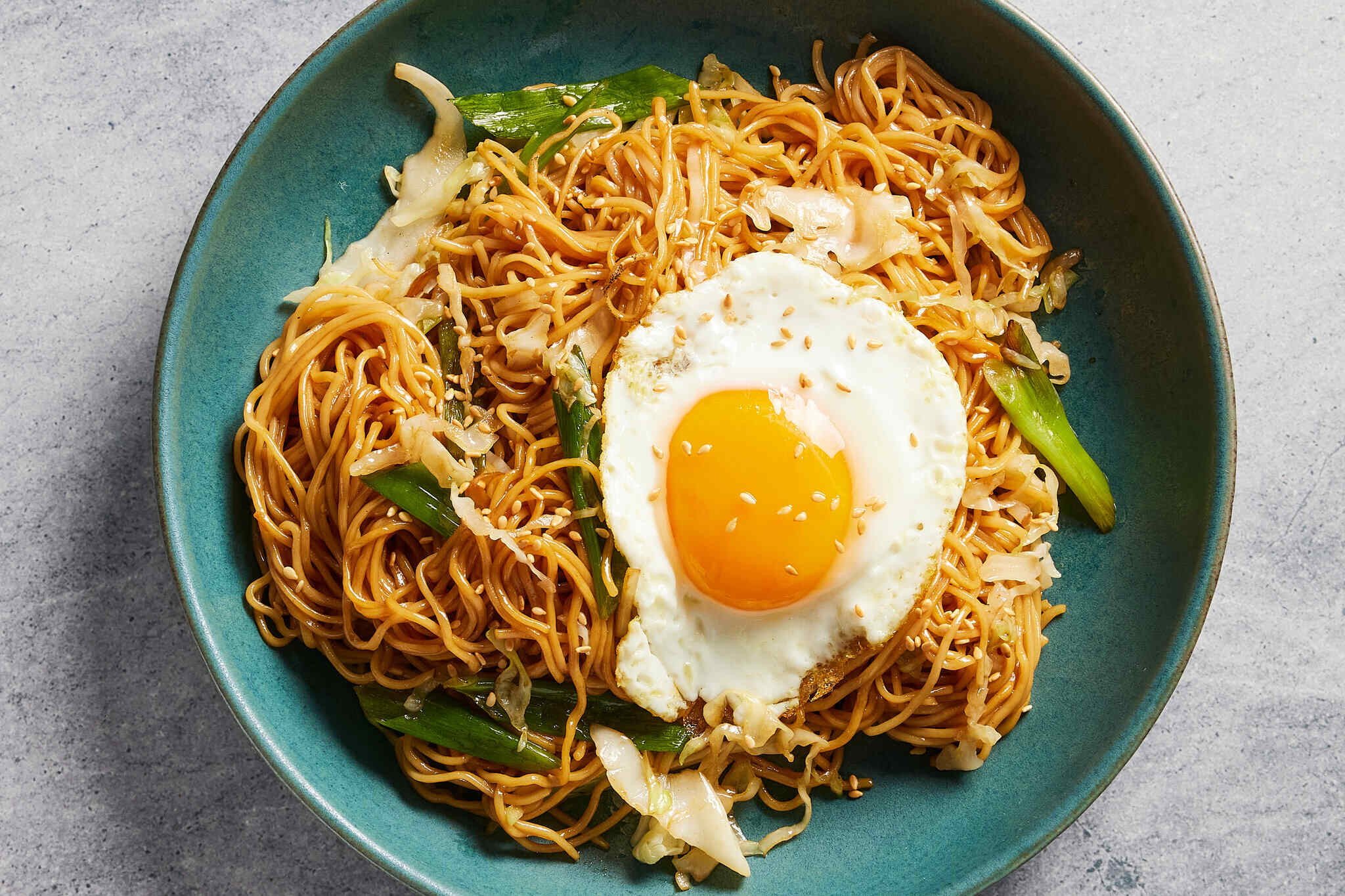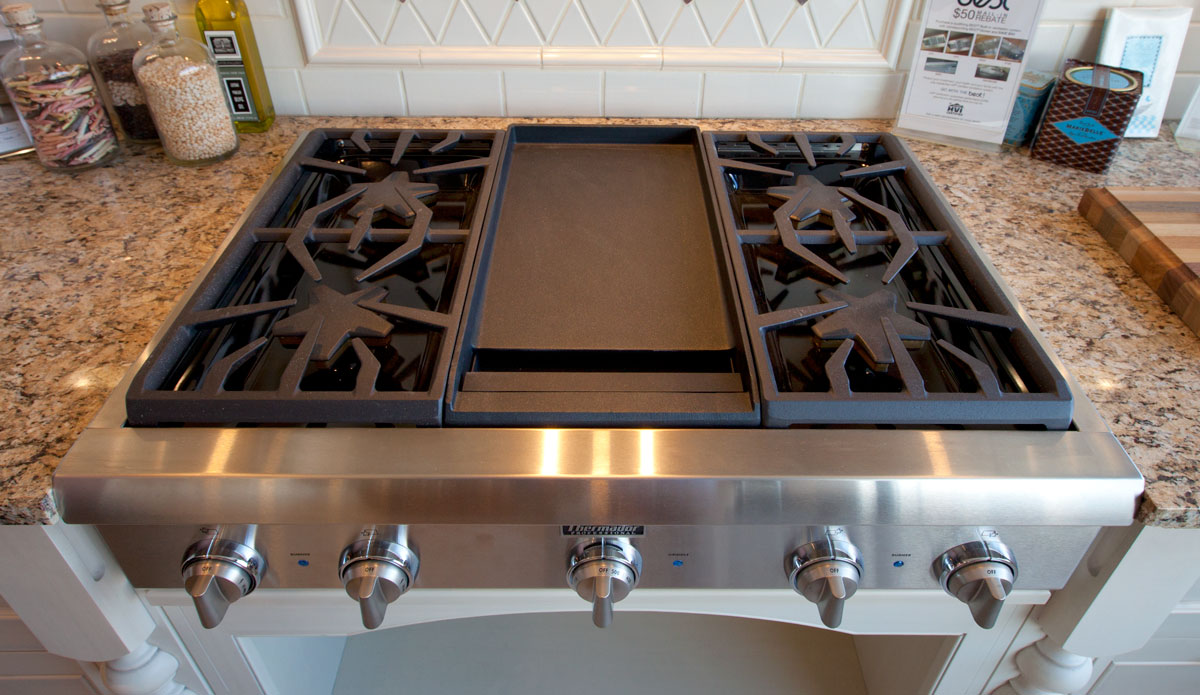How to Properly Season Your Cast Iron with Crisco
If you’re a fan of cast iron cooking, you know the importance of properly seasoning your cookware. Seasoning not only helps to prevent rust and corrosion but also creates a non-stick surface that improves with each use. While there are various methods for seasoning cast iron, using Crisco is a popular choice due to its high smoke point and ability to create a durable seasoning.
What You’ll Need
Before you get started, gather the following supplies:
- Cast iron skillet or Dutch oven
- Crisco all-vegetable shortening
- Paper towels
- Aluminum foil
- Oven
Step 1: Preparing Your Cookware
Start by preheating your oven to 325°F. While the oven is heating up, wash your cast iron cookware with hot, soapy water to remove any manufacturing residue. Thoroughly dry the cookware with a clean towel or by placing it in the oven for a few minutes.
Step 2: Applying the Crisco
Once your cookware is dry, use a paper towel to apply a thin layer of Crisco to the entire surface of the cookware, including the exterior and handle. Make sure to coat the cookware evenly, and then use a clean paper towel to remove any excess Crisco from the surface.
Step 3: Baking the Cookware
Place a sheet of aluminum foil on the bottom rack of your oven to catch any drips, and then position your cast iron cookware upside down on the top rack. Bake the cookware for 1 hour at 325°F, allowing the Crisco to polymerize and form a protective seasoning on the surface of the cookware.
Step 4: Cooling and Repeating
After an hour, turn off the oven and let the cookware cool completely before removing it. You may notice a slight sheen or tackiness to the surface, which is completely normal. If you’d like to build up a thicker seasoning, you can repeat the process of applying Crisco and baking the cookware for another hour. Each round of seasoning will further enhance the non-stick properties of the cookware.
Maintaining Your Seasoned Cast Iron
Once your cast iron cookware is properly seasoned, it’s important to maintain the seasoning to ensure its longevity. After each use, clean the cookware with hot water and a soft brush or sponge, avoiding harsh soaps that can strip away the seasoning. Thoroughly dry the cookware and apply a light coat of Crisco before storing it in a dry place.
By following these steps, you can achieve a beautifully seasoned cast iron cookware that will only improve with time and use. So, grab your Crisco and get ready to elevate your cast iron cooking experience!
Was this page helpful?
Read Next: How To Season Canned Clam Chowder
